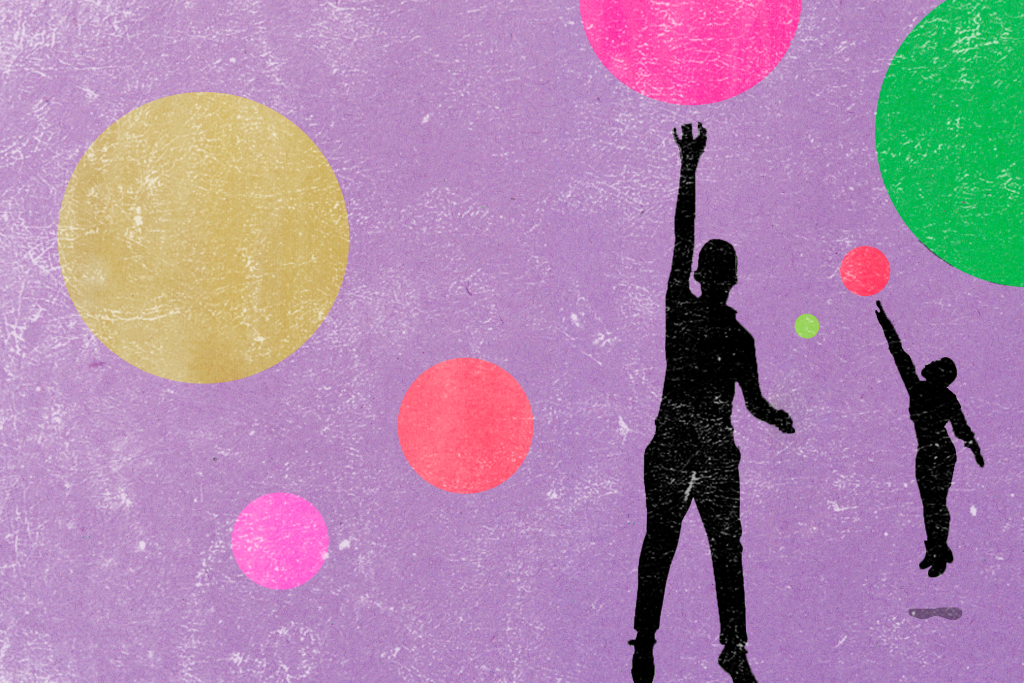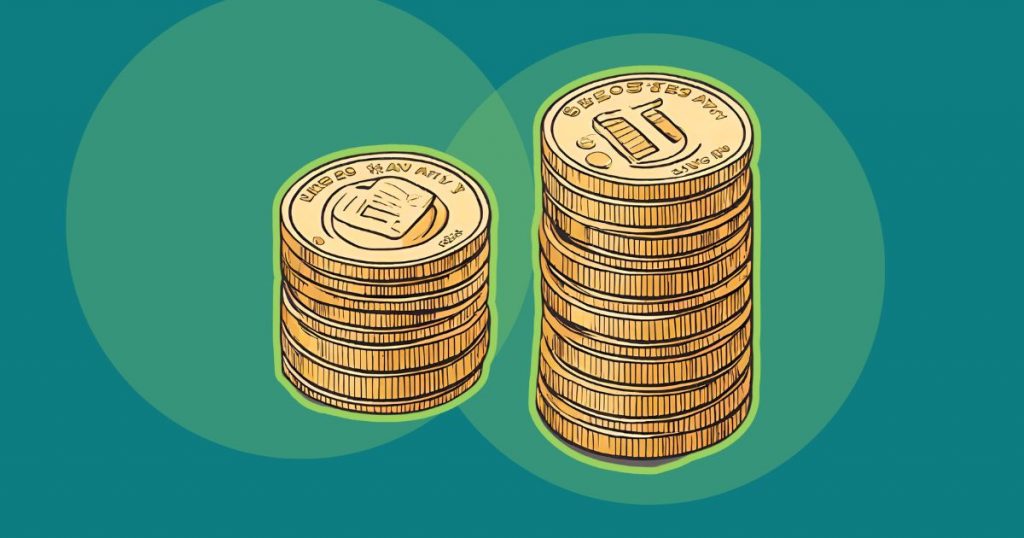Connect With Your Community, Wherever They Are
A complete understanding of audience needs—especially in moments of great uncertainty—is your brand’s most valuable tool.
Matt Bennett is American University's vice president and chief communications officer.
How do you communicate about an unprecedented global pandemic with a broad, diverse, and diffused community and accurately provide information that changes by the minute?
When COVID-19 exploded and turned our higher education mission and model upside down, American University, alongside many brand leaders at the time, had to ask ourselves that question.
Our response was guided by the foundation of crisis communications—determine the right steps to address the fundamental challenge and then tell your audiences exactly what you are doing and why it is the best course of action. For us, that meant engaging with our audiences where and when they needed information, deploying the right tools, and participating in a larger discussion to share knowledge.
What we learned is that the usual tools—email, social media—worked, but needed more amplification. Our audiences appreciated a regular cadence of information, but quickly looked for information specific to their needs and interests, requiring ongoing updates to our online resources. In an unprecedented time, the best communications strategy can build from a strong foundation but must constantly adapt to the needs of the day.
Engaging our audiences
American University launched our COVID-19 response in January, as the accelerating spread of the virus in Asia demonstrated that this public health issue would soon affect our community. While the virus had not yet reached America, our dedicated public safety and campus life teams had the foresight to begin informing our community of the potential challenges that may lie ahead. We carefully crafted messages to ensure the community had information but sought to maintain perspectives and calm as the outbreak was not yet a global contagion.
With nearly 500 students studying abroad in the spring semester, we knew our community was already concerned about the virus and would soon face difficult choices. We deployed a comprehensive response, led by our campus life, academic affairs, and safety and risk management teams. Communication is a core component of our emergency planning and we moved immediately to meet the information needs of the community.
Beyond our study abroad program, there are many distinct audiences within the AU community: more than 14,000 students, 1,000 faculty, 3,000 staff, and 130,000 alumni. We also regularly engage the parents and families of our undergraduate students, the neighborhood around our northwest D.C. campus, and the broader Washington community. We assessed how these groups accessed information and planned our engagement. We knew generally how our audiences responded to email and social media communications, and that we would have to augment our usual work on these channels.
The key takeaway from this early action was to understand that our audiences would need information and that our existing approaches were the beginning of a strategy. We were not going to have all the answers right away, but by building on our existing framework, demonstrating our commitment to sharing information, and expanding our approach as the situation developed, we created a helpful dialogue early on in the outbreak that would serve us well as the pandemic rapidly expanded.
Sign up for OnBrand
Our weekly digest featuring ideas on the future of brand.
Deploying the right tools
We sent our first COVID-19 message to the AU community on January 27 and launched our COVID-19 Resources page on February 3. The Resources page began as a series of initial Frequently Asked Questions (FAQs) and now encompasses a summary of the university’s overall response—more than 100 FAQs, a regularly updated tracker of confirmed COVID-19 cases within the AU community, and key operating and contact information.
When classes moved online and our workforce pivoted to telework in mid-March, we began to share a weekly update from the university president, because our community needed this information to adapt, stay safe, and continue our educational and research pursuits. As of August 31, we are now at 35 community messages, each of which cascades to parents and alumni, and over 120,000 pageviews (and counting) for the Resources page.
We also have a unique resource suited to just this type of situation—a former Secretary of Health and Human Services as president of the university. Having led the United States’ response to Ebola and Zika, Sylvia Burwell knew not only the science of managing a pandemic, but the fundamental role that communication plays in the ongoing response. If the government and the scientists can provide near real-time information, then at least some of the ambiguities of these complex situations can be addressed before they impact the behavior or views of the general public. An informed community, whether a university or the whole country, is better positioned to respond to these challenges and take the right public health actions that can help limit the spread of disease.
This summer saw two major milestones—the launch of our initial operating plan for the fall semester, and a significant update to that approach based on rapidly changing conditions. We branded the fall plan “AU Forward” and created a visual identity applied across the website, documents, campus signage, and school/unit materials.
When we unveiled the plan on June 16, we deployed a real-time social media monitoring and response team. The vast majority of social media messages from our community received a response within hours, either directly answering their questions or pointing to the information available on our COVID-19 Resources webpage. There were some questions where we didn’t have the answers, and we acknowledged that. The AU community responded well to these approaches. When public health conditions demanded that we shift from a blended learning model to an all-online fall semester, we utilized many of the same tools for the July 30 announcement.
We also focused on our core goals–attracting, retaining, and supporting students. We deployed new digital resources to engage current and prospective students, including new modules on the AU homepage: one to direct admitted and prospective students to key resources, and the second to highlight summer courses and the 10 percent discount. A new anthem video highlighted the resiliency of the AU community and a summer webinar series with our deans connected with incoming students.
Leveraging the larger discussion
While we focused on communicating with our community, we also engaged with the broader global discussion about COVID-19.
Our faculty conducted real-time academic discussions and research, our students took action in their communities, and we positioned the university as a leading voice on many challenging issues. President’s Burwell’s expertise was in demand and we coordinated high-profile media appearances including CNN’s Fareed Zakaria GPS, NBC Nightly News, MSNBC’s Andrea Mitchell Reports, the CBS Face the Nation Podcast, C-SPAN, and The Washington Post (twice). As an institution of higher learning and a community of change-makers, it is part of our DNA to contribute our knowledge and our passions to the challenges that shape our world.
There is no playbook for communicating through a global pandemic. There are important foundations that have enabled us to be a trusted source of information for our community and a point of consistency in a world where nothing stays the same for very long. It is always helpful to remember that communications, no matter the context, is premised on engaging your audiences at the right time with the right tools. As we embark on a fall semester like no other, we are building on these foundations and adapting from the many lessons we learn along this journey.



